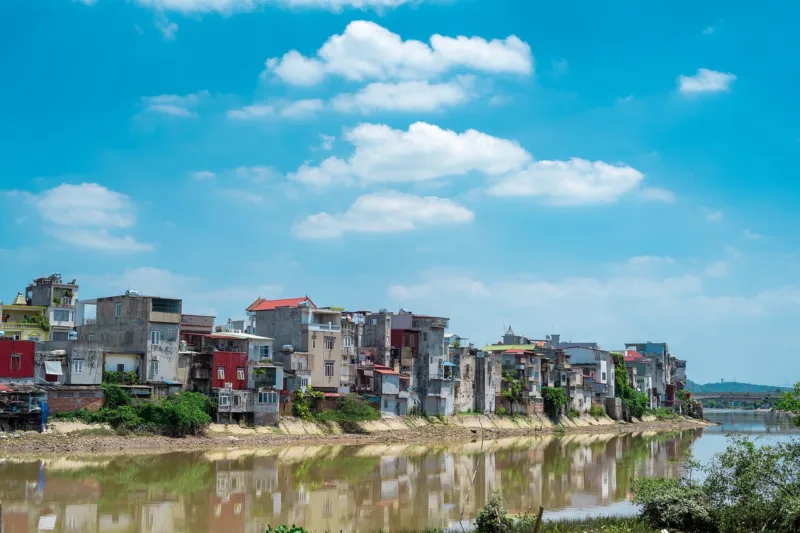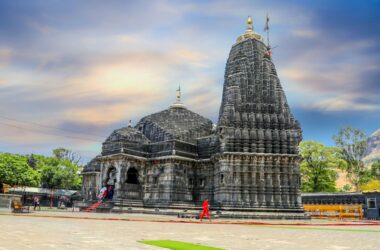Haiphong is a bustling port city located in northern Vietnam. With a rich history and a vibrant culture, it has become a popular destination for travelers seeking a unique experience.
Haiphong’s Historical Significance
Haiphong’s history dates back to the 15th century when it was a small fishing village. Over time, it has grown into one of Vietnam’s most important industrial and commercial centers.
The City’s Unique Architecture
Haiphong’s architecture reflects its diverse history. From French colonial buildings to traditional Vietnamese structures, the city’s buildings are a testament to its past.

Cultural Highlights of Haiphong
Haiphong is known for its lively festivals and cultural events. The city’s traditional music and dance performances are not to be missed.
Exploring Haiphong’s Markets
The city’s markets are a feast for the senses. From fresh seafood to handmade crafts, there’s something for everyone.
Haiphong’s Delicious Cuisine
Haiphong’s cuisine is a blend of flavors from its coastal location and rich history. Be sure to try the city’s famous seafood dishes.
Conclusion
Haiphong is a city that has something for everyone. From its rich history to its vibrant culture, it’s a must-visit destination for any traveler looking for an authentic Vietnamese experience.
Similar Articles
- Da Nang: A Coastal Paradise in Vietnam
- Phong Nha-Ke Bang National Park
- Nha Trang: Vietnam’s Premier Beach Destination and Cultural Hub
FAQs About Haiphong: Your Guide to Vietnam’s Vibrant Port City
Q1: Where is Haiphong located?
A1: Haiphong is located in northern Vietnam, approximately 120 kilometers east of the capital city, Hanoi.
Q2: What is Haiphong known for?
A2: Haiphong is known for being a major industrial and commercial port city. It is also famous for its rich history, unique architecture, vibrant culture, and delicious cuisine.
Q3: What is the best time to visit Haiphong?
A3: The best time to visit Haiphong is during the dry season, which typically runs from November to April. During this time, the weather is cooler and more comfortable for exploring the city.
Q4: What are some must-visit attractions in Haiphong?
A4: Some must-visit attractions in Haiphong include the colonial-era Opera House, the vibrant Tam Bac market, the Hang Kenh Communal House, and the stunning Lan Ha Bay.
Q5: Can I easily get around Haiphong using public transportation?
A5: Yes, Haiphong has a well-developed public transportation system, including buses and taxis. The city is also relatively small and walkable, making it easy to explore on foot.
Q6: What are some popular dishes to try in Haiphong?
A6: Some popular dishes to try in Haiphong include bun rieu cua (crab noodle soup), banh da cua (crab rice crackers), and cha ca La Vong (grilled fish).
Q7: Are there any nearby destinations worth visiting from Haiphong?
A7: Yes, Haiphong is a great base for exploring nearby destinations such as Cat Ba Island and Halong Bay, both of which are known for their stunning limestone karsts and clear waters.
Q8: Is Haiphong a safe city for tourists?
A8: Yes, Haiphong is generally a safe city for tourists. However, it is always recommended to take standard precautions, such as keeping an eye on your belongings and being aware of your surroundings.
Q9: Do I need a visa to visit Haiphong?
A9: The visa requirements for visiting Haiphong depend on your nationality and the duration of your stay. It is recommended to check with the nearest Vietnamese embassy or consulate for the most up-to-date information.
Q10: What is the local currency in Haiphong?
A10: The local currency in Haiphong is the Vietnamese Dong (VND). It is recommended to carry some cash, as not all places accept credit cards.
Conclusion
Haiphong is a vibrant and diverse city with a lot to offer travelers. Whether you’re interested in exploring its historical sites, indulging in its delicious cuisine, or simply soaking up its lively atmosphere, Haiphong has something for everyone.









